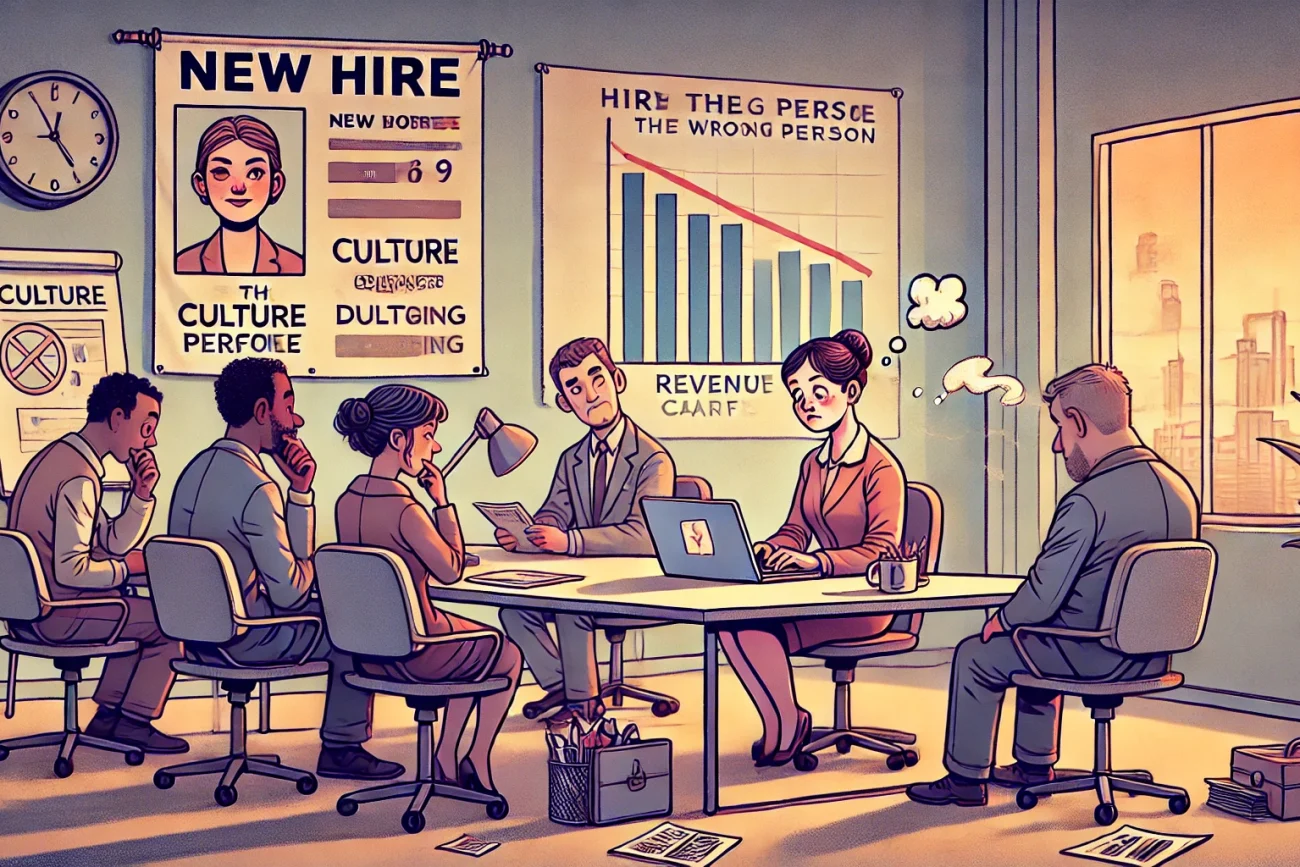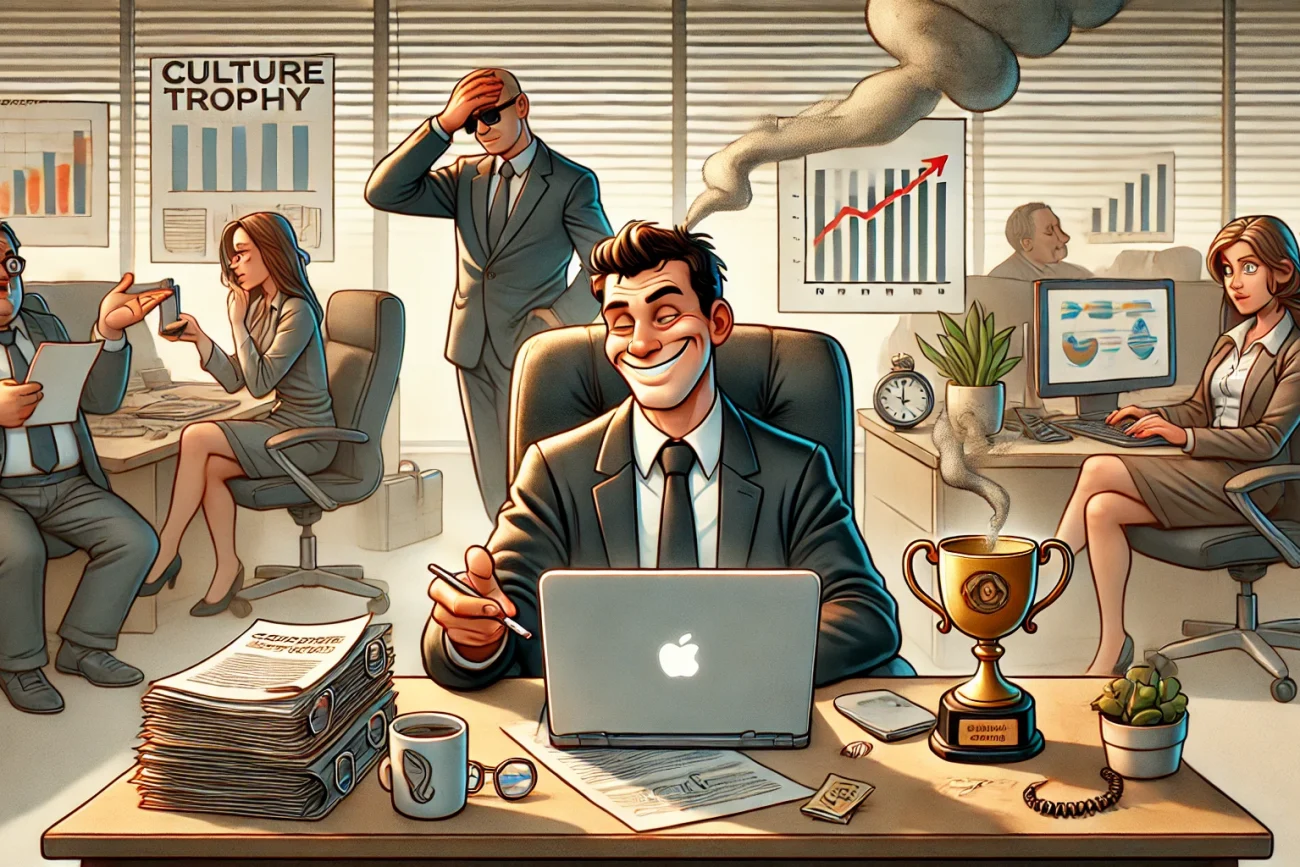In the increasingly metrics-driven world of talent acquisition, many organizations have become fixated on optimizing surface indicators: time-to-fill, cost-per-hire, and onboarding velocity. These metrics can give the illusion of operational excellence. But when speed becomes the only goal, the deeper and more strategic dimensions of hiring are neglected. Beneath the appearance of efficiency lies a blind spot that exposes businesses to long-term damage. The cost of a bad hire in 2025 is not just a line item in HR’s budget—it is a silent force that drains momentum, weakens morale, and destabilizes performance across the business.
While unfilled roles cause visible delays, a wrong hire creates invisible drag. Progress doesn’t just pause; it begins to reverse. Projects derail, leadership credibility falters, and the ripple effect across teams compounds daily. Despite this, many companies still treat hiring as a transactional process. Decisions are based on checkboxes and convenience rather than strategic alignment and cultural fit. The result is often a costly mistake disguised as a short-term win.
Understanding the true cost of a wrong hire means expanding the lens beyond payroll and onboarding. It means recognizing that each hiring decision is a bet on future success—or future risk. And getting it wrong can be catastrophic.
"The cost of a bad hire in 2025 is not just financial. It’s cultural, strategic, and often irreversible."
The Compound Financial Toll: Numbers That Should Alarm You
Hiring the wrong person is rarely just a personnel issue. It is a financial liability that compounds rapidly, particularly when left unaddressed for too long. The cost of a bad hire in 2025 begins with the most visible expenses: sourcing, recruitment fees, interviews, onboarding, systems access, and training. Conservative estimates suggest that these upfront investments can reach 30 percent of the employee’s annual salary before they deliver a single return. For senior hires, especially those involving relocation or executive ramp-up programs, this figure can climb to 100 percent or more.
However, the most significant financial consequences emerge after the hire is made. Typically, a bad hire stays in the role for four to six months before performance concerns become unignorable. During that time, salary continues to be paid, but value creation is minimal—or worse, negative. Managers redirect time and attention to coaching or damage control. Team members lose time to rework, misaligned outputs, or conflict mediation. In customer-facing roles, mistakes or poor service can harm client relationships and jeopardize revenue.
In quantifiable terms, a mid-level hiring mistake can cost between $60,000 and $150,000. At the executive level, where decisions carry broader weight and visibility, losses of $400,000 to $750,000 are not unusual. If that leader derails strategic initiatives, those losses escalate further.
Crucially, this does not account for opportunity cost—what the right hire could have achieved in that same window. The difference between a high-performing contributor and a bad hire is not just a matter of output. It is a matter of momentum, morale, and missed potential. The gap is wide, and it grows quickly. If you are wondering how much does a wrong hire cost, the answer is clear: more than most businesses can afford to risk.
Cultural Contamination: The Slow Burn of Team Morale Erosion
Company culture is not a fixed asset. It is a living system shaped and reshaped by the people within it. Every hire either reinforces or challenges the values an organization claims to uphold. The cost of a bad hire in 2025 must be understood not only in terms of output or revenue, but also in its corrosive potential on team morale, trust, and cohesion.
A wrong hire, particularly at the leadership level, can have an outsized influence. Their title grants them legitimacy, and their actions set precedents. If they are misaligned in behavior, communication style, or core values, the damage may begin subtly. At first, strong performers fill the gaps. They work overtime to maintain standards, often suppressing frustration in favor of team outcomes. But as this effort becomes routine, it leads to fatigue. Over time, team members begin to question leadership judgment. “How did this person get hired?” becomes more than a rhetorical question—it becomes a reflection of disillusionment.
Toxic hires accelerate this deterioration. Their presence introduces inconsistency, politics, or passive-aggressive communication. Even if their intent is not malicious, their effect can be contagious. They lower the bar for what is tolerated, and in doing so, they normalize behaviors that were once exceptions. Over time, those who once set the standard may either leave or disengage.
Research from the MIT Sloan Management Review highlights that toxic workplace behavior is the leading cause of employee attrition. It outranks salary dissatisfaction, burnout, and even job insecurity. When top performers exit due to cultural breakdown, the organization loses more than headcount—it loses continuity, credibility, and the invisible glue that holds high-performing teams together.
The cost of a wrong hire is not always visible on the balance sheet. It often reveals itself in attrition, disengagement, and reputational decay. The true loss may be measured not in what you paid the wrong hire, but in who else walked out behind them.
Strategic Paralysis and Reputational Fallout at the Top
At the executive level, the cost of a bad hire in 2025 extends far beyond misalignment or underperformance. It affects the entire organization’s direction. Unlike individual contributor roles, poor decisions made by senior leaders reverberate across departments, slow strategic initiatives, and shake confidence at the highest levels.
When an executive hire is wrong for the business, it often takes time to fully recognize the consequences. A VP of Sales who misjudges market trends may dismantle a functioning pipeline, misallocate resources, or push the wrong deals. A CMO with a misaligned brand vision might greenlight campaigns that damage credibility with customers. A CFO who overcorrects or miscommunicates strategy can reduce trust with investors and board members.
These are not hypothetical scenarios. They are recurring patterns across organizations where the wrong hire was placed in a role of disproportionate influence. In such cases, the cost is not only measured in failed projects or lost revenue. It is seen in product delays, disrupted go-to-market strategies, demoralized leadership teams, and erosion of stakeholder confidence.
Even after the executive is removed, the effects linger. Strategy must be reworked. A new hiring process begins. Teams require reorientation. External stakeholders — from clients to investors — must be reassured. And while this unfolds, market opportunities continue to pass by.
There is also a significant reputational cost. Internally, frequent leadership turnover undermines employee confidence. Externally, it signals instability. A visible pattern of failed senior hires can cause top talent to hesitate, partners to distance themselves, and investors to question governance.
The cost of a wrong hire at the top is not just expensive. It is destabilizing. It leads to strategic paralysis at a time when agility and clarity are vital. In 2025, organizations cannot afford that kind of stall.
The Illusion of Cost-Saving: Fast, Cheap Hires as False Wins
A persistent and costly misconception in talent acquisition is the belief that speed and thrift equal efficiency. In a market where headcount budgets are scrutinized and hiring KPIs are tightly monitored, it can be tempting to prioritize rapid placement over thoughtful selection. But the cost of a bad hire in 2025 reveals just how damaging this mindset can be.
Hiring decisions based on convenience, speed, or surface-level savings often create downstream problems that are more expensive to fix than they ever were to prevent. Selecting a candidate based primarily on lower salary expectations or skipping deeper cultural assessments may shave time off a hiring process. Yet what looks like a win on paper is frequently a long-term loss in practice.
A wrong hire, even at a junior or mid-level, can cause delays, drain resources, and negatively affect team output from day one. At the senior level, this mistake compounds quickly. Rehiring, retraining, and restoring performance take months. Rebuilding morale and credibility takes even longer.
The cost of a wrong hire is not just in their compensation. It lies in opportunity lost, reputations strained, and momentum stalled. Conversely, strong hires often generate a return on investment within their first few months through early wins, cultural contributions, and reliable execution.
Leading companies understand this. They invest more time and rigour in their hiring processes. Amazon’s bar raiser model, or Apple’s long lead times for strategic roles, reflect a commitment to getting it right over getting it fast.
Hiring quickly may offer short-term comfort. But when that decision results in the wrong person in a critical seat, the damage unfolds in weeks and lasts for quarters. Efficiency in hiring is not measured in time-to-fill. It is measured in long-term impact.
There is no efficiency in hiring the wrong person. Despite mounting pressure to fill roles quickly and within budget, the cost of a bad hire in 2025 continues to outpace the cost of any temporary vacancy. What looks like speed or thrift on the surface often leads to disruption, diminished output, damaged culture, and eroded trust. These are not soft consequences. They are strategic setbacks with lasting operational and financial impact.
Great hiring demands discipline. It requires a commitment to process even when timelines are tight. The best organizations know this. They don’t simply aim to avoid mistakes; they invest in systems that make them unlikely. That includes rigorous assessment frameworks, diverse interview panels, and a willingness to say no to candidates who are technically qualified but culturally or strategically misaligned.
Not every delay in hiring is a risk. Some delays are necessary to protect the business from greater loss. The right hire moves a company forward. The wrong one pulls it backward.
The real risk is not leaving a role open for a few extra weeks. The real risk is making a decision you will spend months trying to undo. And by then, the cost is no longer theoretical—it is already paid.

